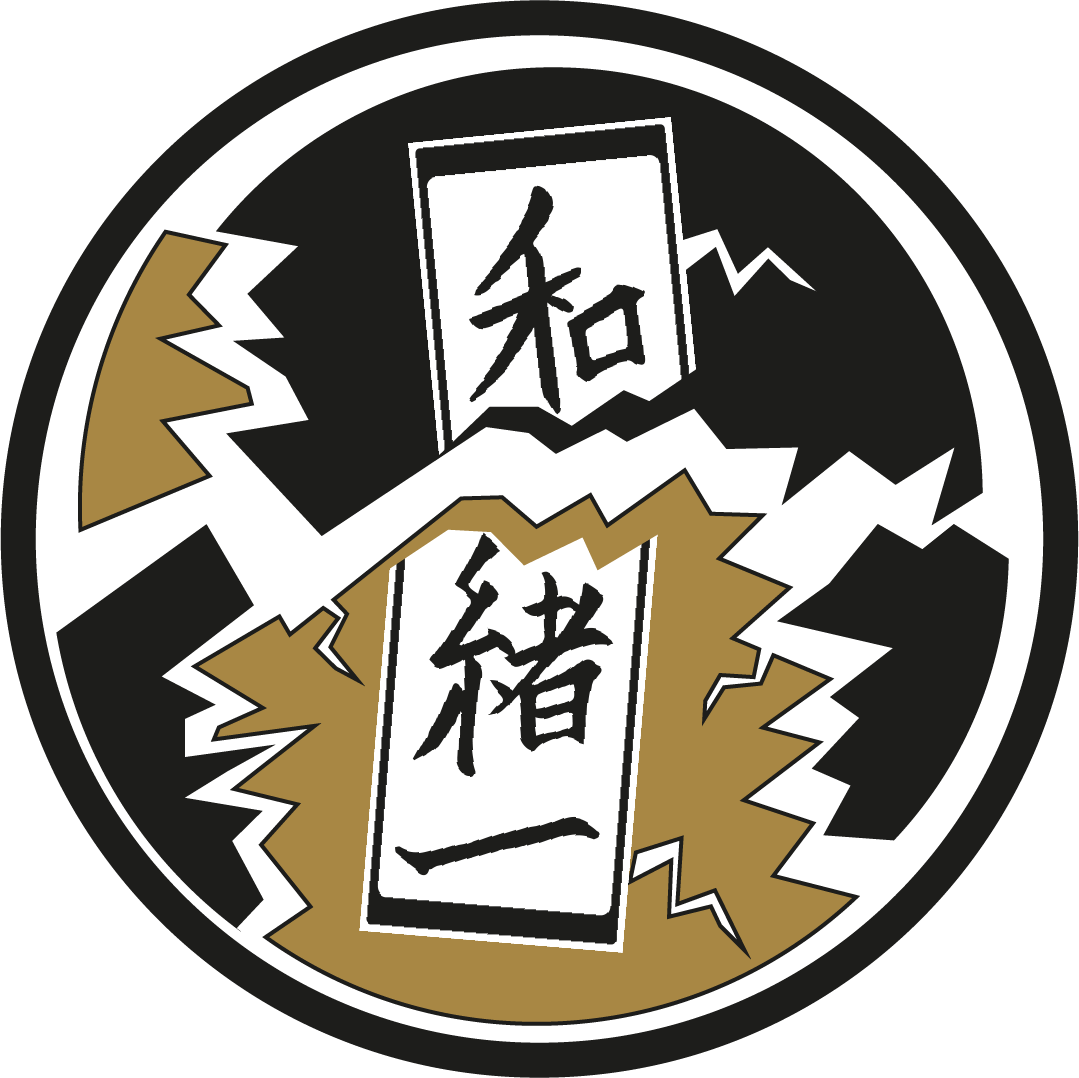Golden Week
Introduction
A week around the end of April and the beginning of May happens to be a special period in Japan, as it comprises as many as four national holidays. Most workers combine it with time off work and use this opportunity to travel. The term “Golden Week” (ゴールデンウィーク) was first used by the movie industry as they connected the period with higher sales, but it gradually gained popularity and entered everyday speech.
The Golden Week starts on April 29th, which used to be celebrated as the birthday of Emperor Showa, but has now been renamed Showa Day. It's supposed to be an opportunity to think back on the hardships and successes of the Showa period (1926–1989), as well as to ponder the future of Japan.
The other holidays taking place during the Golden Week are Constitution Memorial Day, Greenery Day and Children’s Day.
Katsura river, Kyoto
Constitution Memorial Day
The Constitution Memorial Day (May 3rd) celebrates the promulgation of the 1947 Constitution of Japan. The document remains valid and unchanged until now, which has been a topic for heated debate.
After the Japanese forces’ surrender and the end of World War II, a U.S. team worked with Japanese representatives to draft a new constitution, which would lead the nation in the post-war times. Their endeavors concluded with the 1947 Constitution, also known as the Peace Constitution, as its Article 9 proclaims Japan a pacifist nation.
Children's Day
Children's Day, which takes place on the 5th of May, is the last holiday of the Golden Week. It has been celebrated in Japan for centuries and was initially known as the Boy’s Festival until established as a national holiday in 1948 and renamed to also include girls.
On this day families pray for health and prosperity of their children, hanging carp streamers and displaying samurai dolls, which symbolize power and success. It is an occasion to celebrate the children’s safety and happiness, and also give thanks to the parents for their efforts in bringing their sons and daughters up.
Akutagawa Sakurazutsumi park, Takatsuki city
Greenery Day
Greenery Day (Midori no hi みどりの日) was first introduced in Japan in 1989, the first year of the Heisei era. Originally it was set on April 29th, partly celebrating the birthday of the Showa emperor, but the events were separated in 2007 when Greenery Day was moved to May 4th to extend the period of the Golden Week.
Midori no hi is a festivity celebrating nature in all its forms. It’s an occasion for volunteers to take care of the green areas of their neighborhoods and think about the environment. It also simply gives workers the opportunity to spend some time with their families.
Interestingly, besides “midori”, the green as we know it, the Japanese language also distinguishes “ao”, a concept with a much broader range, commonly accepted to mean “blue”, although it includes also greenish hues. As such, the traffic lights in Japan are said to be blue, despite looking completely green.
Fushimi Inari Taisha, Kyoto.
Written by Manuel Jose Flores Aguilar




